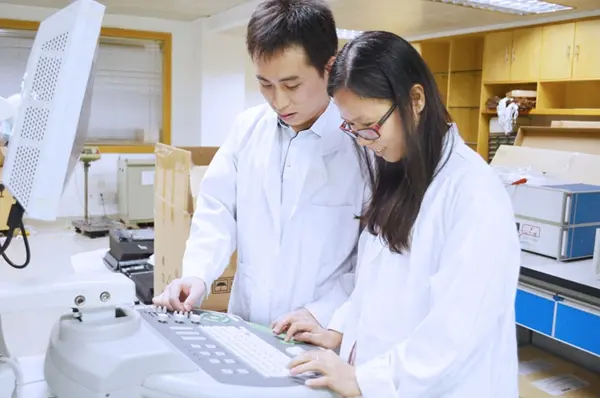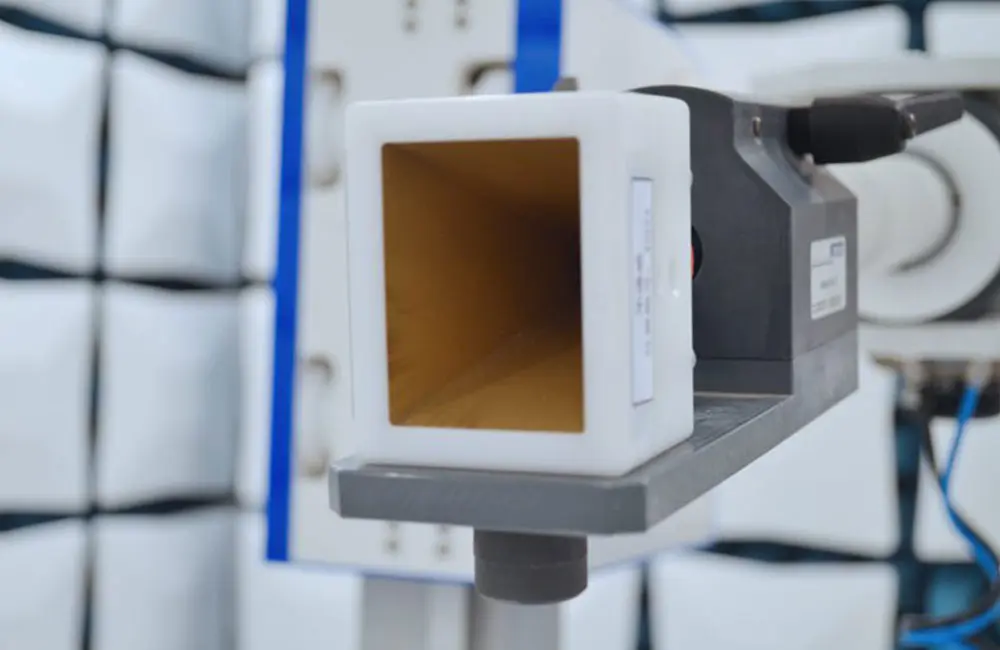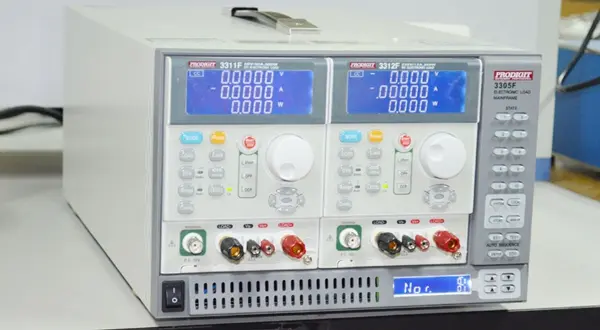
Evaluation of Chronic Toxicity and Carcinogenicity of Medical Devices
With the implementation of ISO 10993-1:2018, most devices that have prolonged contact with the human body (>30 days) now require an evaluation of chronic toxicity and carcinogenicity as part of their biological risk assessment. In Table A.1 (ISO 10993-1:2018), these biological endpoints are marked with an "E", indicating that they must be evaluated during risk assessment. This evaluation can be conducted using existing data, additional endpoint-specific tests, or a justified rationale explaining why additional data are unnecessary. The inclusion of these biological evaluation endpoints has also drawn regULatory attention, with review feedback requiring further refinement of chronic toxicity and carcinogenicity assessments based on Table A.1.

Chronic Toxicity Test (Project Duration: ~8–14 months)
Chronic toxicity is a systeMIC toxicity study conducted by repeated or continuous exposure to the test sample throughout a significant portion of the animal's lifespan to observe any adverse effects. Animals should be continuously exposed for 6–12 months. When using rodents (rats, mice) for single-dose group studies, each group should include at least 30 animals (15 per sex). The evaluation of repeated exposure studies is based on body weight, clinical observations, hematology, clinical biochemistry, gross pathology, histopathology, and other test indicators.
Carcinogenicity Test (Project Duration: ~32–34 months)
The purpose of the carcinogenicity test is to assess tumor development in test animals during or after exposure to different doses of the test material through appropriate routes, covering major life stages of the animals.
- If an extract-based test is used, a standalone carcinogenicity study can be conducted according to OECD TG 451, or a combined chronic toxicity and carcinogenicity study can be conducted following OECD TG 453 to comprehensively evaluate both biological endpoints while considering the possibility of solid-state carcinogenicity.
- When evaluating the carcinogenicity of a medical device using a single animal species, the selection and justification should follow ISO 10993-2.
- For rodents, each group should include at least 50 animals per sex, with the study typically lasting 24 months to cover most of the animal’s lifespan.
Evaluation criteria include body weight, clinical observations, tumor formation and progression, hematology, gross pathology, histopathology, and other test indicators. Although transgenic animals can be used for carcinogenicity tests, their application in medical device evaluations has not yet been established.
Alternatives to Animal Testing for Chronic Toxicity and Carcinogenicity Evaluations
Both chronic toxicity and carcinogenicity studies involve long-term animal testing, posing significant financial and time challenges for product development. So, is animal testing always necessary for evaluating these biological endpoints?
According to ISO 10993-18 (Material Chemical Characterization) and ISO 10993-17 (Toxicological Risk Assessment), toxicological evaluations based on material characterization can be used for assessing systemic toxicity endpoints, including:
- Systemic toxicity (acute, subacute, subchronic, and chronic toxicity)
- Genotoxicity
- Reproductive toxicity
- Carcinogenicity
Therefore, when determining whether to conduct chronic toxicity and carcinogenicity studies, it is essential to first consider the intended use and classification of the device to identify whether these biological endpoints require evaluation.
Manufacturers should leverage existing product information as much as possible, including raw materials, manufacturing processes, preclinical and clinical data (if available). When additional studies are necessary to support risk assessment, a tieRED approach is recommended:
1. Prioritize chemical and physical characterization
2. Perform in vitro screening tests
3. Review characterization and in vitro test results before proceeding with animal testing
4. Justify the necessity of long-term animal studies
By following this approach, the biological risk assessment can be conducted in a scientifically rational and efficient manner.
Email:hello@jjrlab.com
Write your message here and send it to us
 LED Lighting EMC Testing Service
LED Lighting EMC Testing Service
 EU REACH Compliance Testing Services
EU REACH Compliance Testing Services
 Electronic and Electrical Reliability Testing Serv
Electronic and Electrical Reliability Testing Serv
 Electronic & Electrical Safety Compliance Test
Electronic & Electrical Safety Compliance Test
 Shenzhen Electronic Electromagnetic Compatibility
Shenzhen Electronic Electromagnetic Compatibility
 How to Test IP68 Rating
How to Test IP68 Rating
 Differences Between FDA and LFGB for Food Contact
Differences Between FDA and LFGB for Food Contact
 Process and Precautions for Amazon CPC Certificate
Process and Precautions for Amazon CPC Certificate
Leave us a message
24-hour online customer service at any time to respond, so that you worry!




